Myth and legend entwine Glastonbury. Shops selling selling crystals, herbs, and various Pagan items fill the town. You can read my post about Glastonbury Abbey to see more about the legend of King Arthur’s alleged tomb. Today I want to take you to Glastonbury Tor.
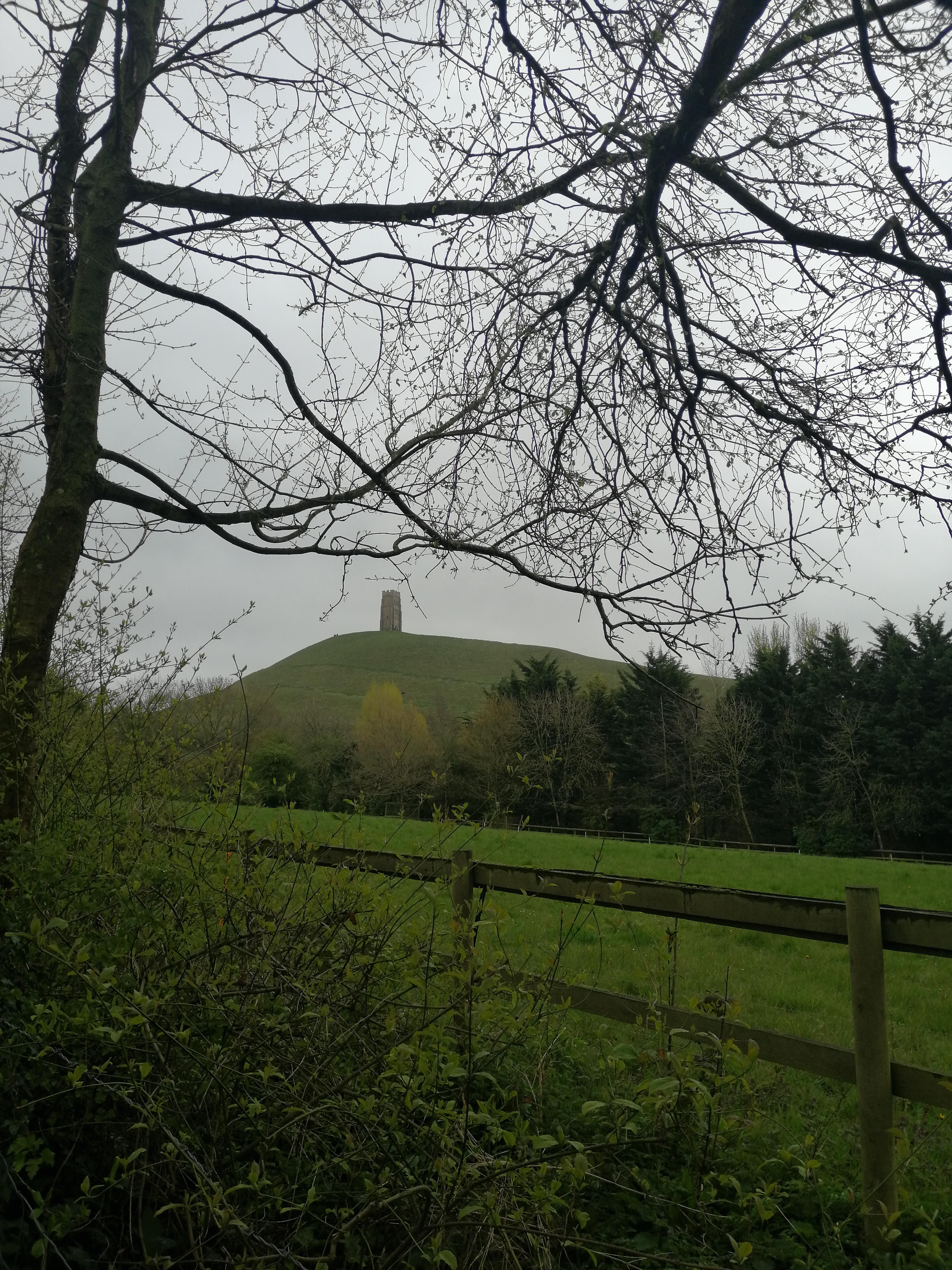
Glastonbury Tor rises 158 metres from the flat Summerland Meadows. Signs of occupation date back to the neolithic period, but there’s nothing to explain why there are some terraces on the Tor.
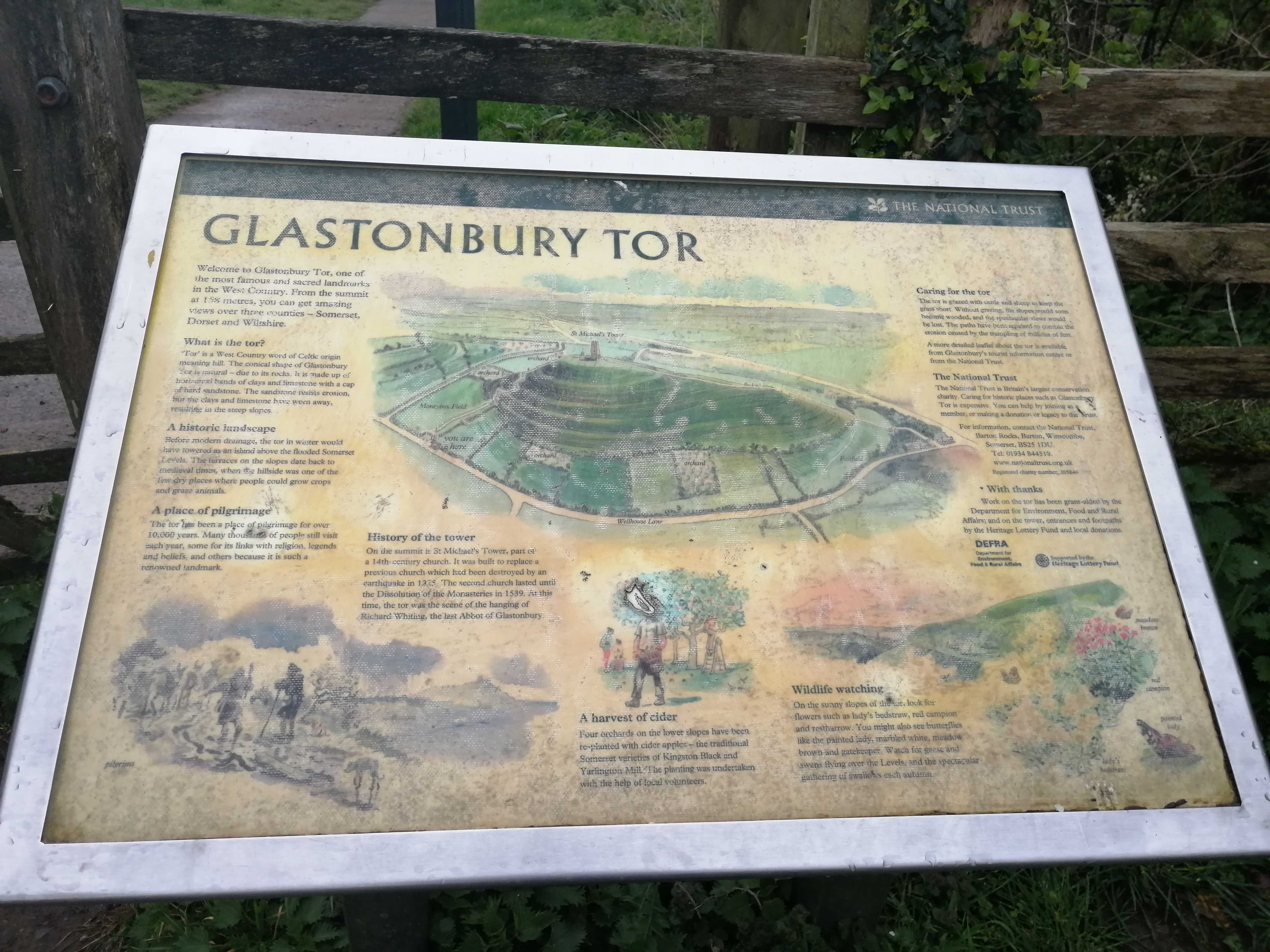
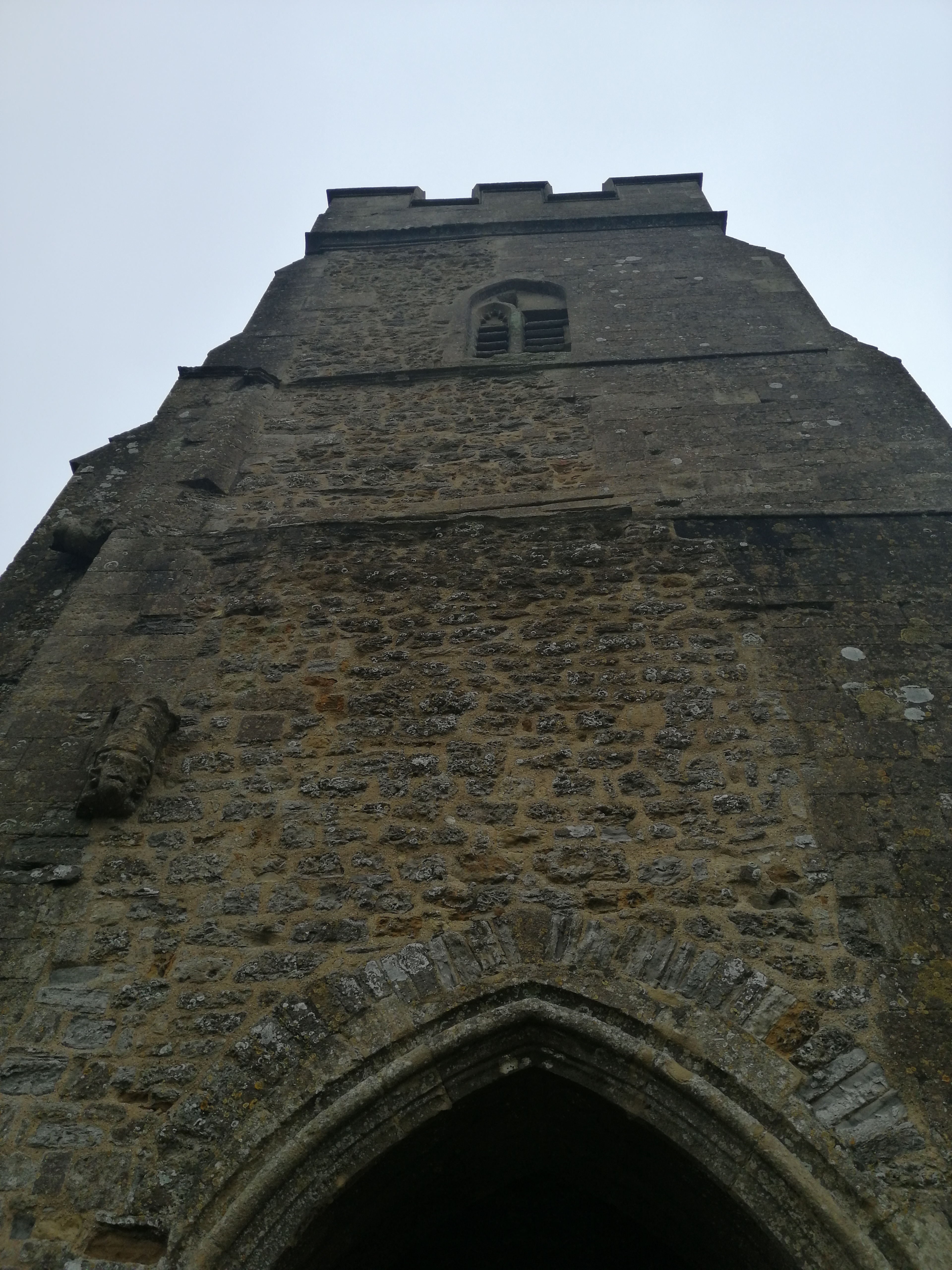
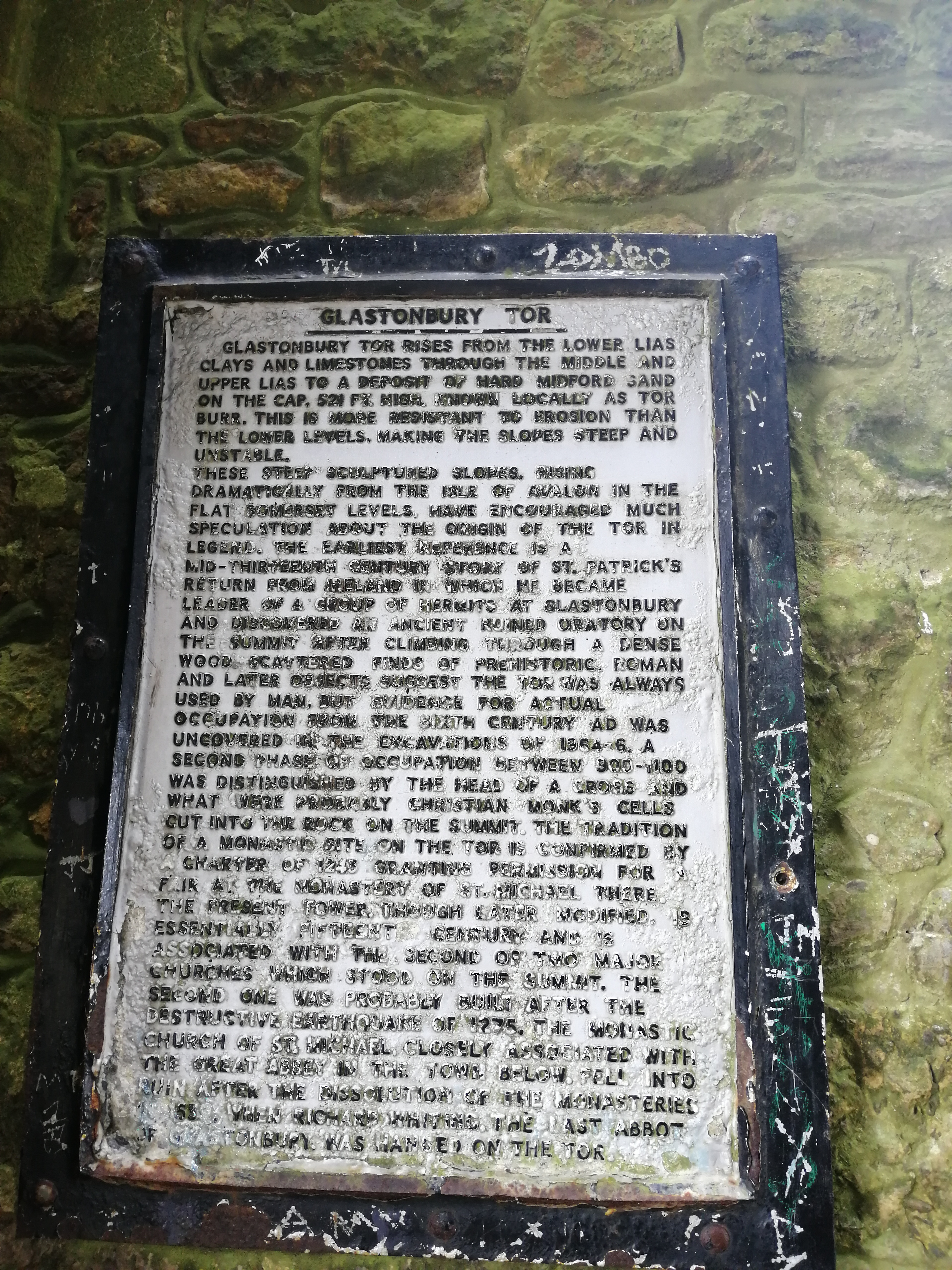
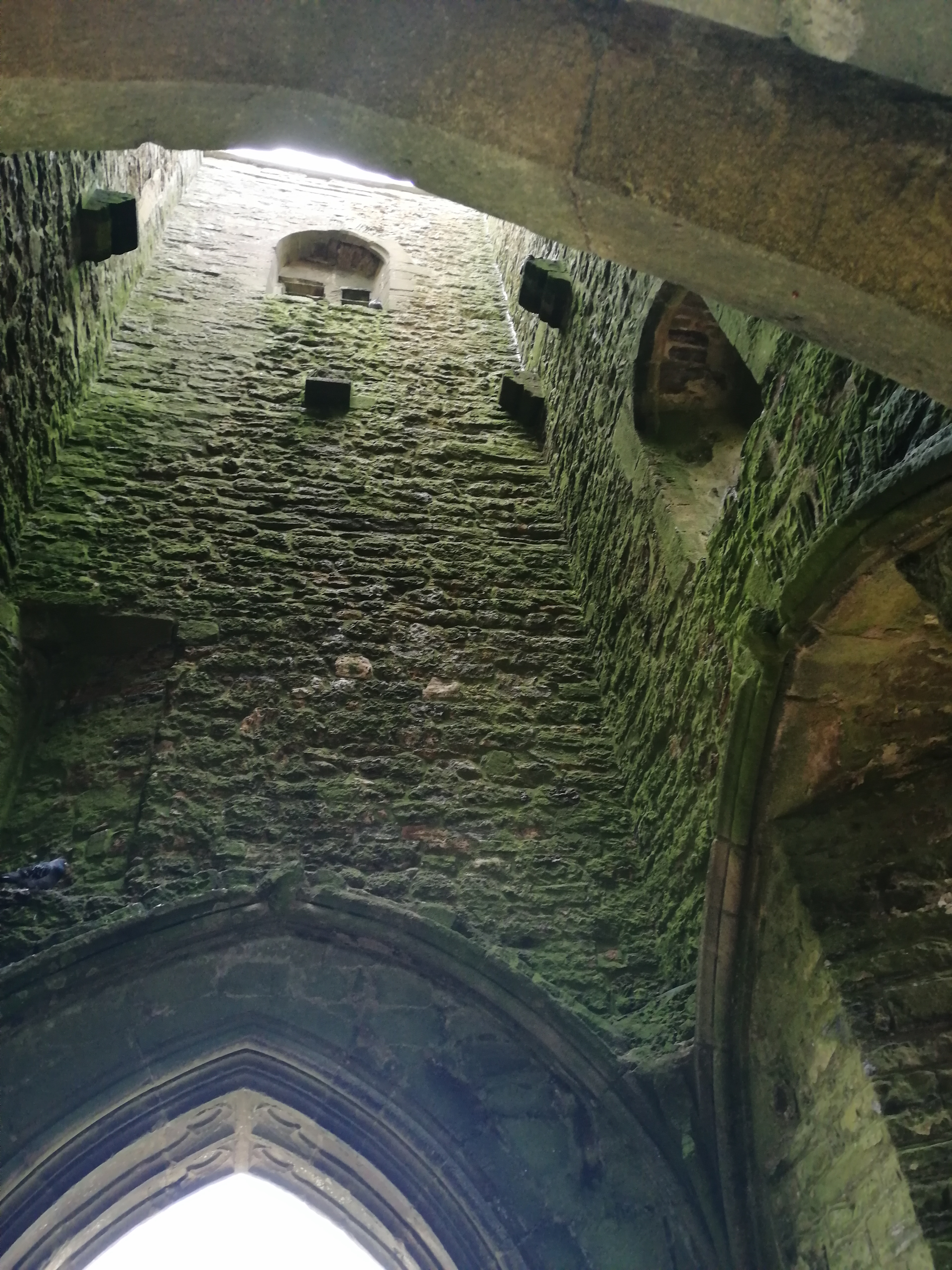
Earthquakes and executions
More than one building has been built on the top of the Tor. An earthquake destroyed St Michael’s Church in 1275. The tower at the top of the Tor now was built in the 14th century. The Dissolution in 1539 put pay to the rest of the building. And gruesomely, the Tor was the place of execution for Richard Whiting, the last Abbot of Glastonbury Abbey, and two of his monks. They were hung, drawn, and quartered.
In 1933 the Tor became the responsibility of the National Trust.
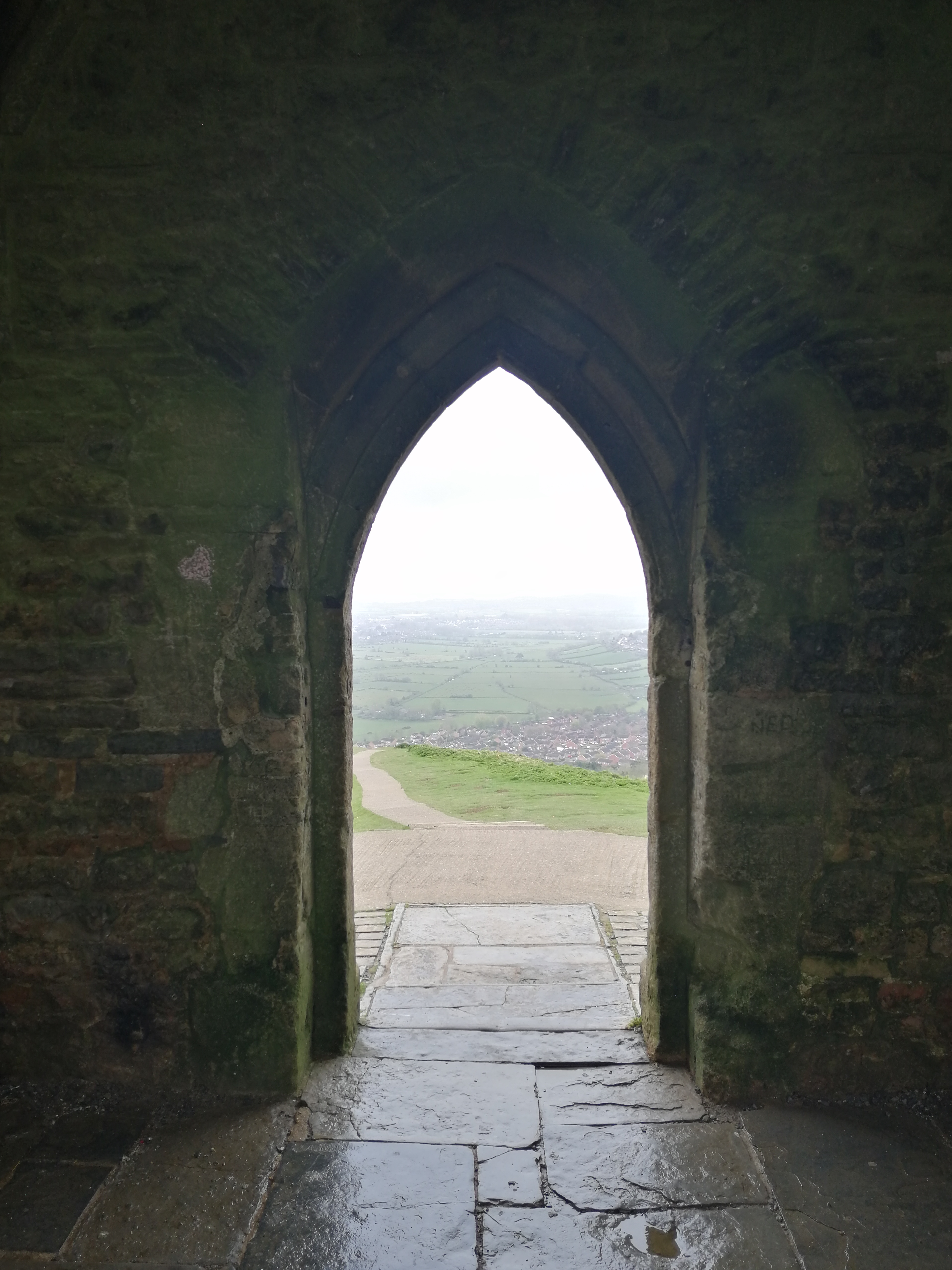
As with much of the land around Glastonbury, the Tor has ties to local myths and legends. A hidden cave leading to the fairy realm of Annwn is supposedly beneath the hill. Lord of the Celtic Underworld, Gwyn ab Nudd presides over by this realm.
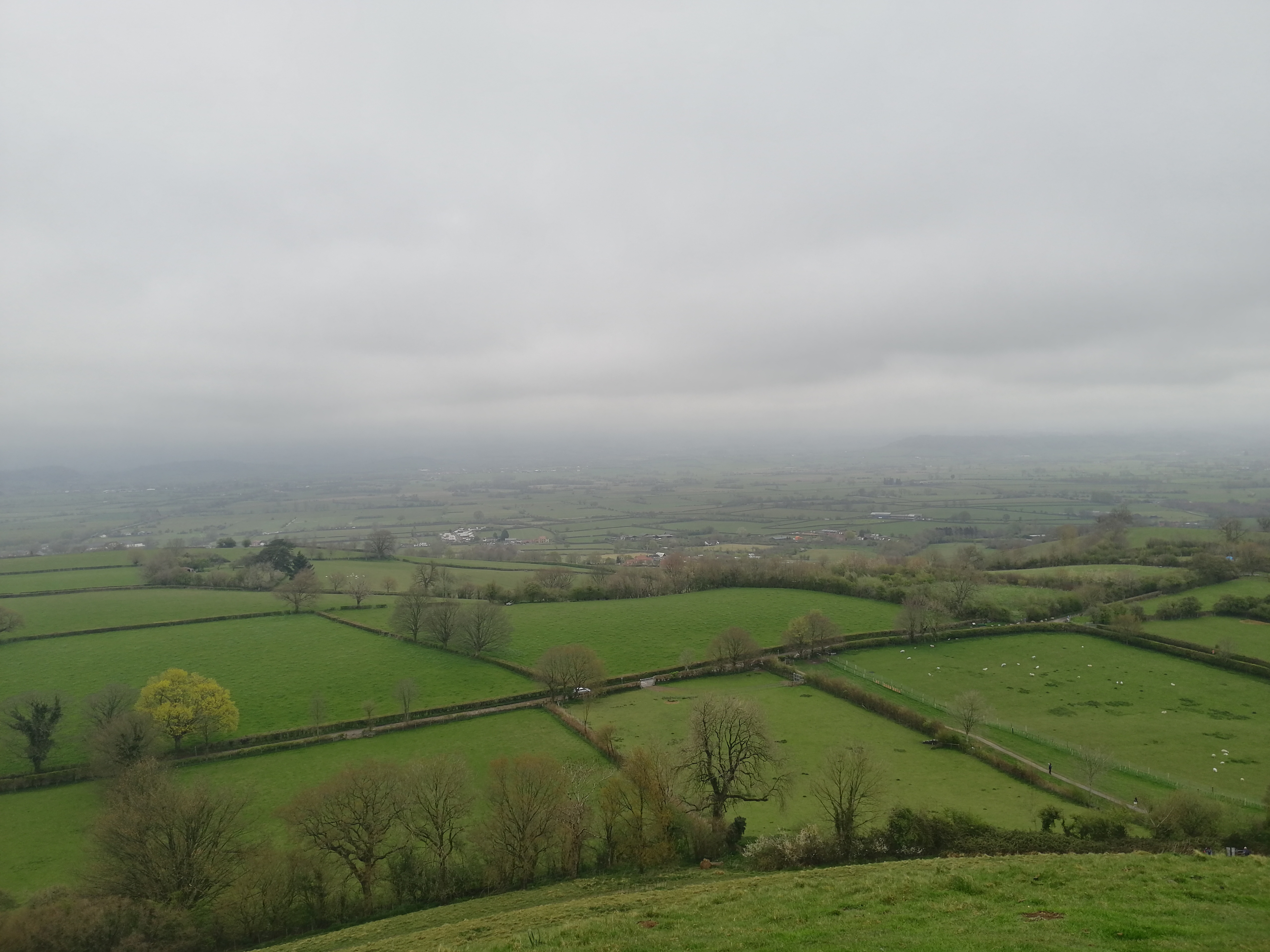
Christian legends
There are even connections to Christianity, with Jesus said to have come to Glastonbury as a boy with Joseph of Arimathea. This legend inspired William Blake to write the famous poem ‘Jerusalem’. The same Joseph even brought the Holy Grail here. And the Tor itself could be the mythical ‘The Isle of Avalon’ where King Arthur went after his last battle.
What do you think? Have you ever visited Glastonbury Tor? Please share in the comments.


01/05/2022 at 6:40 PM
Love the ‘info’ but the photos you captured, especially the ‘doorway’ to the ‘valley below/beyond’ truly made my heart swell with ‘beauty’ – Nice!
15/05/2022 at 7:11 PM
Thank you! I’m not a good photographer but that was a ready-made photo op of ever there was one!
15/05/2022 at 7:55 PM
Sometimes our eyes, our heart AND our camera/phone all just line up to capture ‘that perfect moment in time!” – I have a similar one, from my long ago visit to Mesa Verde, temple of the sun, window in a degrading stone/adobe structure/ruin, that, just at that moment? A hallway, a window – a view of the valley/world below and the sun was just right….I held the camera steady and hit the button, even as I was being hurried along to keep up with the ‘tour group’ – – LOL Sometmes? The universe just lines up and gives us what we need/want or desire, eh?? Yours? Just then? AWESOME!